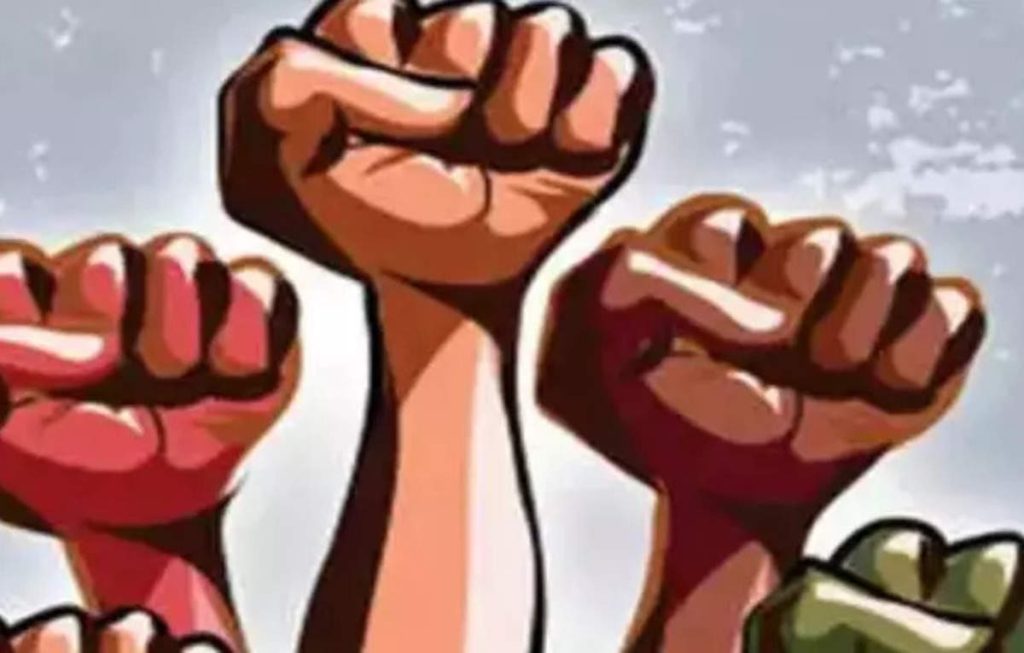Serbian Student Protests Engulfed in Disinformation Campaign
A wave of student-led protests has swept across Serbia following the tragic collapse of a train station roof in Novi Sad, which claimed 16 lives in November 2024. The demonstrations, sparked by accusations of government corruption and negligence, have been met with a fierce counter-offensive of disinformation disseminated by pro-government media and social networks. This orchestrated campaign aims to discredit the movement, portray protesters as foreign-backed agitators, and ultimately undermine public support for the anti-graft cause.
The government-aligned media, which holds a dominant position in Serbia’s media landscape, has consistently framed the student protests as a foreign-orchestrated "color revolution," reminiscent of pro-Western uprisings in post-Soviet states. Leading tabloids and television stations have accused the students of being funded by George Soros and the US Agency for International Development (USAID), deploying familiar tropes of right-wing conspiracy theories. They have also painted the protesters as violent troublemakers plotting a coup, even linking them to Kosovo, which declared independence from Serbia in 2008.
This disinformation campaign employs a range of tactics to manipulate public perception. False narratives are routinely circulated, often twisting events to portray the protesters as perpetrators rather than victims. One instance involved student filmmakers at the University of Arts in Kragujevac, who were re-enacting car ramming attacks that occurred during the protests. Pro-government media outlets deceptively presented this footage as evidence of the students themselves carrying out the attacks. In another case, a plainclothes police officer was injured during a student blockade of the state broadcaster RTS. Pro-government media and even President Aleksandar Vucic initially blamed the students, despite video evidence suggesting the officer was accidentally injured by a colleague.
Beyond fabricated narratives, pro-government media outlets manipulate visual representation to downplay the scale of the protests. They often use older photos or footage of dispersing crowds to create the illusion of low turnout. Conversely, they inflate attendance figures for pro-government rallies, creating a distorted picture of public sentiment.
Further adding to the disinformation campaign are assertions about the legal rights of minors to protest. When high school students joined the demonstrations, President Vucic and aligned media outlets claimed they had no legal right to participate. This claim, however, contradicts both the Serbian Constitution and international conventions upholding the right to peaceful assembly for all, regardless of age.
While the pro-government media machinery works tirelessly to discredit the movement, the student protesters have taken proactive steps to combat disinformation. They leverage social media platforms to expose false narratives and biased reporting. They have organized "Talk to a Student" booths across the country to engage directly with citizens and address misinformation concerns. Furthermore, a dedicated Viber group with tens of thousands of members serves as a platform to answer public questions and debunk circulating falsehoods. The students have also held demonstrations outside the offices of RTS and Informer, highlighting the perceived bias and manipulation from these media outlets.
The battle over narrative control is central to the ongoing conflict. The government seeks to portray the protests as a fringe movement driven by external forces, while the students strive to expose corruption, demand accountability, and preserve the integrity of their movement in the face of a sophisticated disinformation onslaught. The struggle underscores the crucial role of independent journalism and critical media literacy in navigating the complexities of information warfare in the digital age.
The ongoing protests and the corresponding disinformation campaign highlight a deeper societal divide in Serbia. The struggle represents a clash between a government seeking to maintain control through manipulation of information and a younger generation demanding transparency and accountability. The outcome of this conflict will significantly shape the future political landscape of Serbia. It is a test of the resilience of democratic values in the face of orchestrated disinformation, and a testament to the power of citizen engagement in challenging manipulative narratives.


